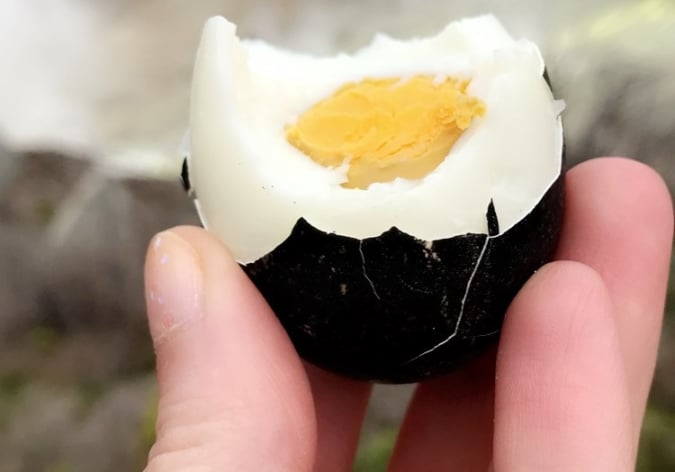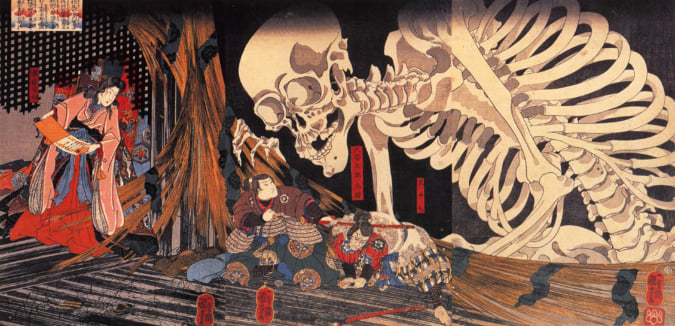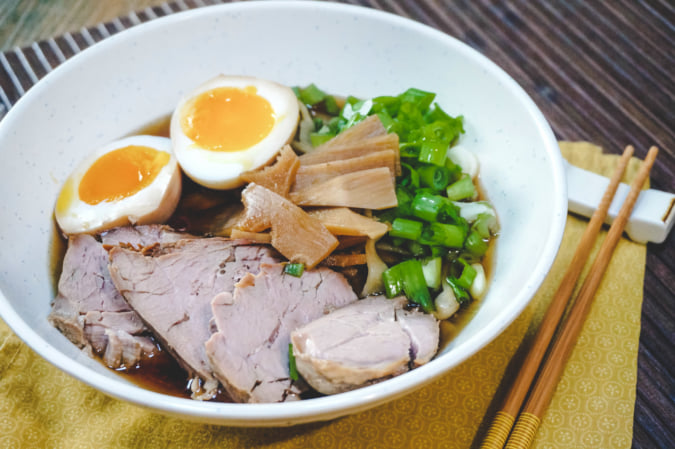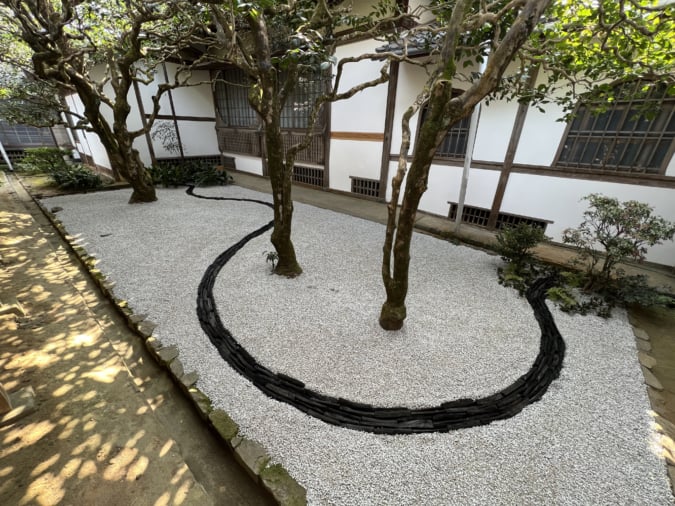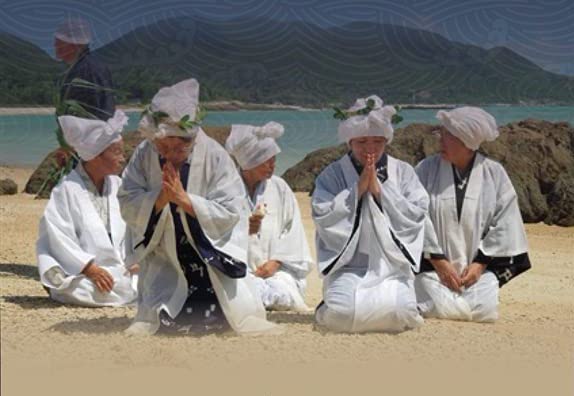Japan in Chrome and Leather, by Keizo Motoda
The series entitled 'Todoroki' by the photographer features men and women whose appearance stands out in the uniformity of Japan's streets.
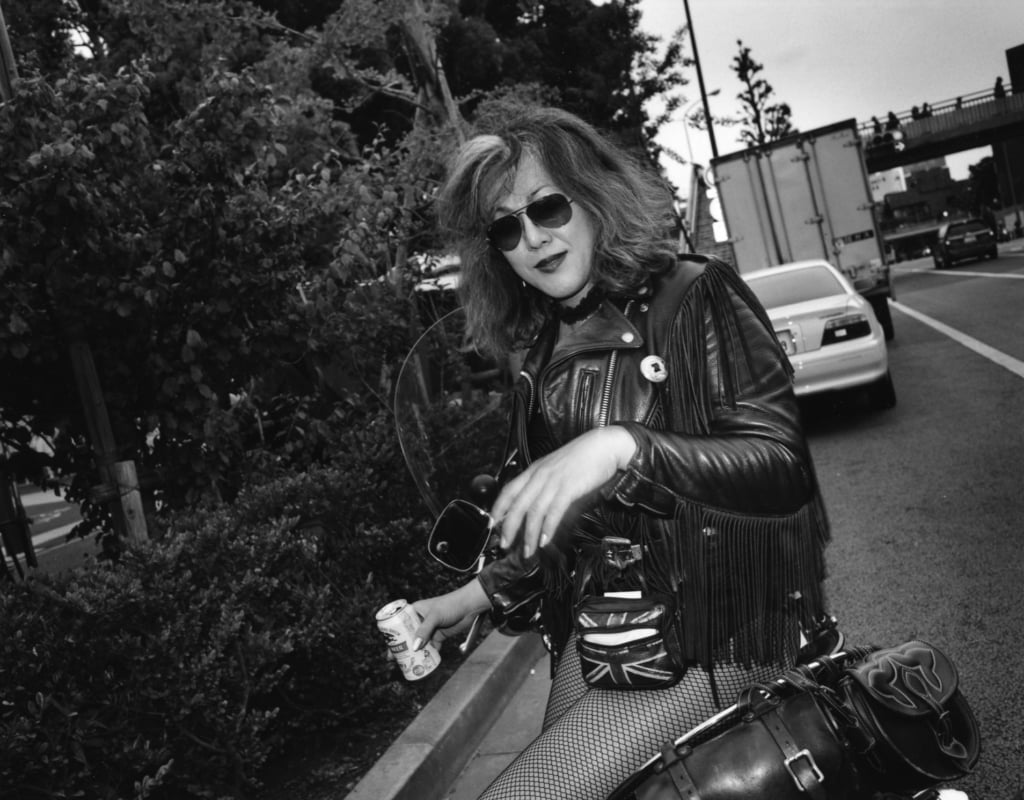
Todoroki © Keizo Motoda
Free individuals, dressed in leather; musicians; rockers; old cars; motorbikes, chrome-plated… A whole universe to which Keizo Motoda attaches particular importance is presented in the series Todoroki (2019).
In these photographs, the artist—born in Osaka in 1971—shows subcultures and people on the fringes of society who, whether bikers, rockers, or wandering Buddhists, make heads turn in the street owing to their quirky or provocative looks. ‘I particularly like bad boys and bad girls’, the artist explains to Pen.
People who bring life to the streets
The black-and-white photographs in high density—taken from 2010 onwards, without any precise dates given—showcase certain details and bring the leather of jackets, the metallic paint of cars, and subjects’ hair to the forefront, sexualising the context to a certain degree. The artist’s perspective as transcribed in his photographs shows the relationship that forms between him and his subjects, a sort of admiration, of gratitude for bringing life to a society that might appear homogenised. Prior to taking his photographs, the artist likes to chat with the subjects he selects and states: ‘sometimes we have a beer together in the street.’ In the book’s afterword, Keizo Motoda explains the degree to which he is touched by ‘the sadness, the joy of the people I encounter, the flourishing and the decline of the streets.’
Previously, in the series Capella published in 2010 by MATCH and Company Co., Ltd., Keizo Motoda featured cars made by Mazda, iconic vehicles in 1970s Japan.
Todoroki (2019), a book of photographs by Keizo Motoda, is published by Sokyu-Sha.
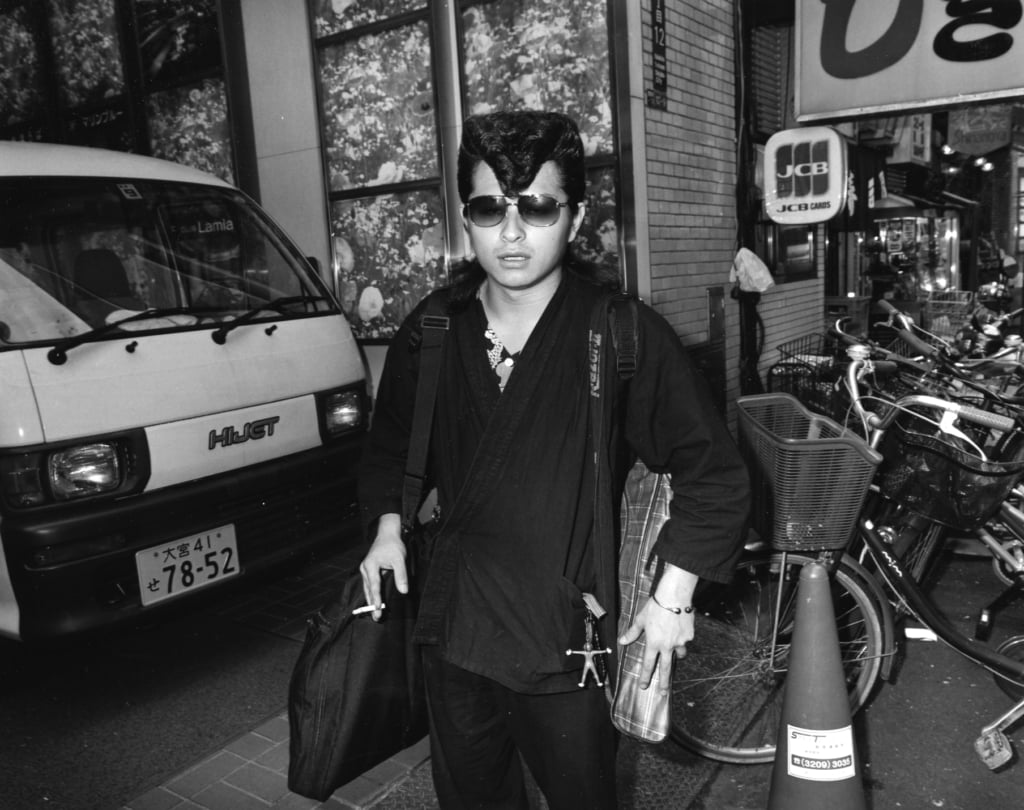
Todoroki © Keizo Motoda
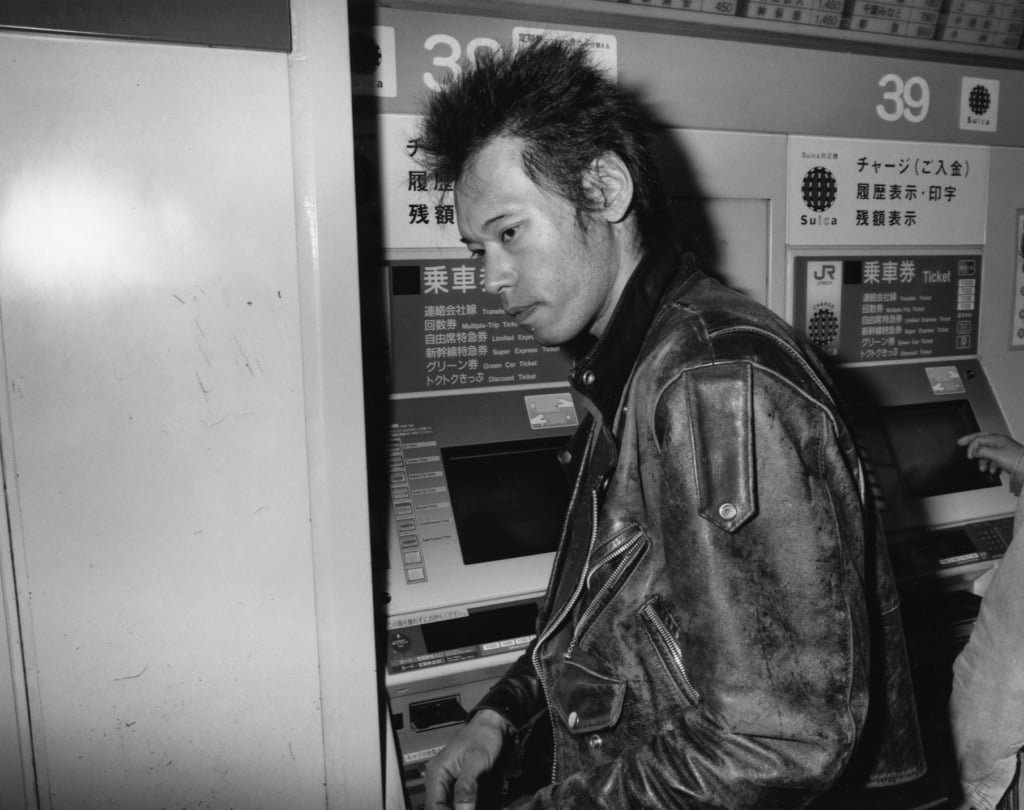
Todoroki © Keizo Motoda
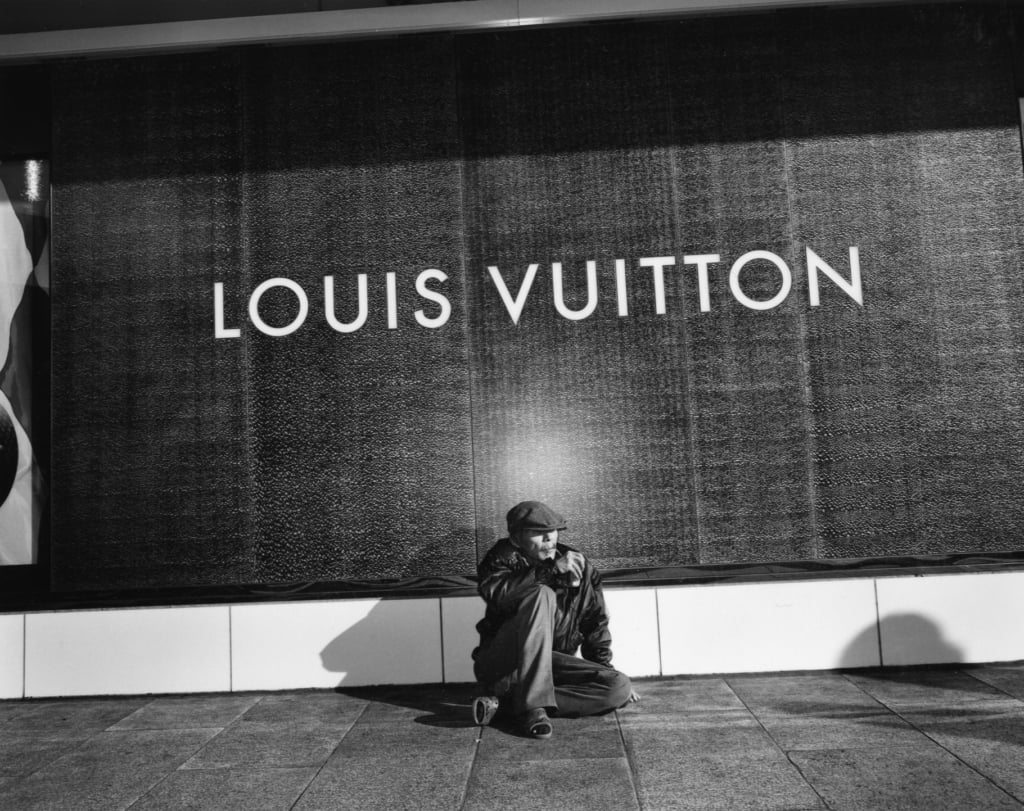
Todoroki © Keizo Motoda
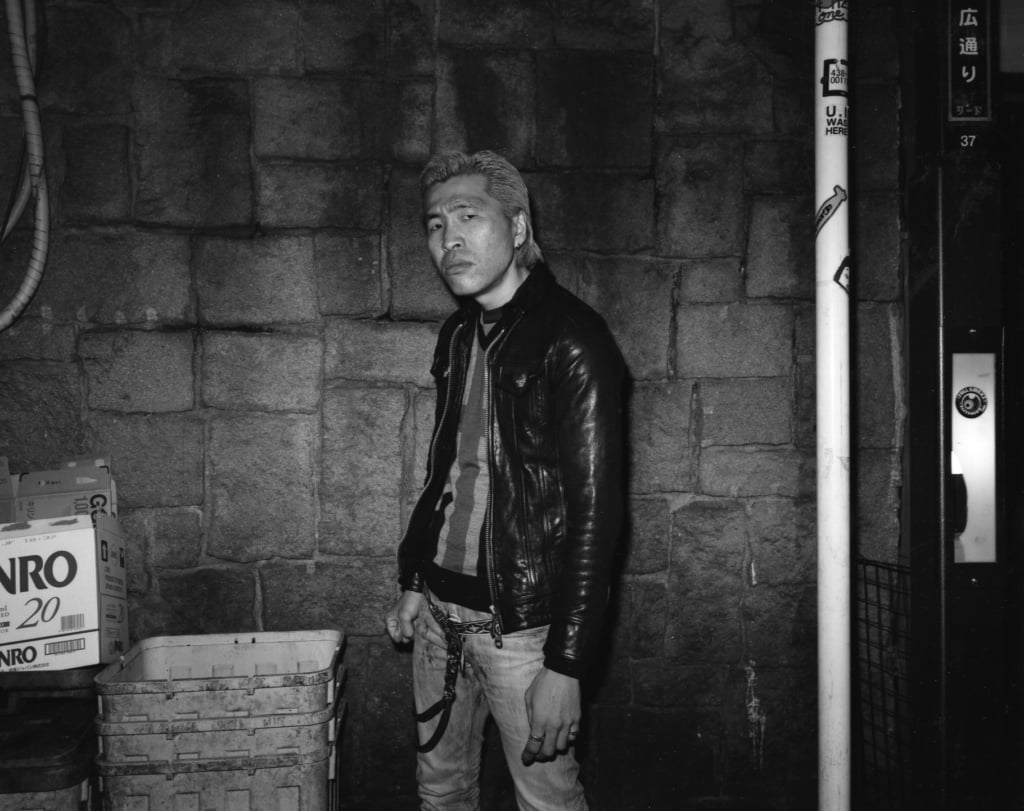
Todoroki © Keizo Motoda
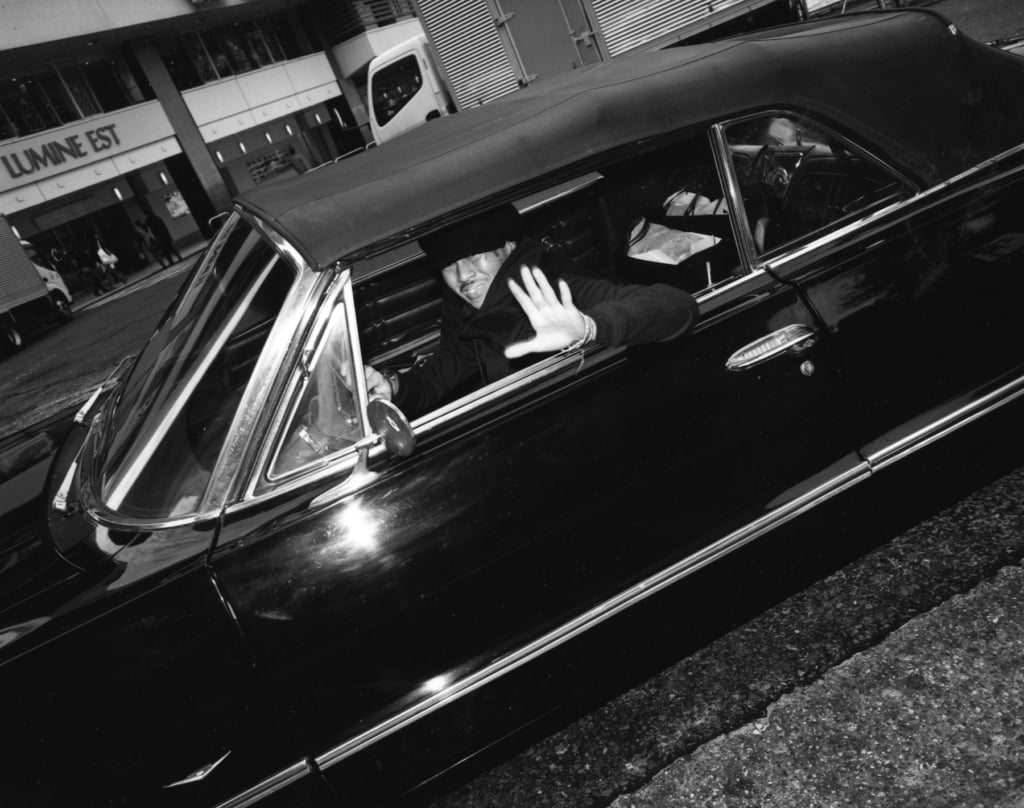
Todoroki © Keizo Motoda
TRENDING
-
The Tradition of the Black Eggs of Mount Hakone
In the volcanic valley of Owakudani, curious looking black eggs with beneficial properties are cooked in the sulphurous waters.

-
Gashadokuro, the Legend of the Starving Skeleton
This mythical creature, with a thirst for blood and revenge, has been a fearsome presence in Japanese popular culture for centuries.

-
Recipe for Ichiraku Ramen from ‘Naruto’ by Danielle Baghernejad
Taken from the popular manga with the character of the same name who loves ramen, this dish is named after the hero's favourite restaurant.

-
A Rare Japanese Garden Hidden Within Honen-in Temple in Kyoto
Visible only twice a year, ‘Empty River’, designed by landscape architect Marc Peter Keane, evokes the carbon cycle.

-
An Encounter with the Last Shamans in Japan
Sociologist Muriel Jolivet's book offers an analysis combined with a travelogue and interviews with these women with supernatural powers.

